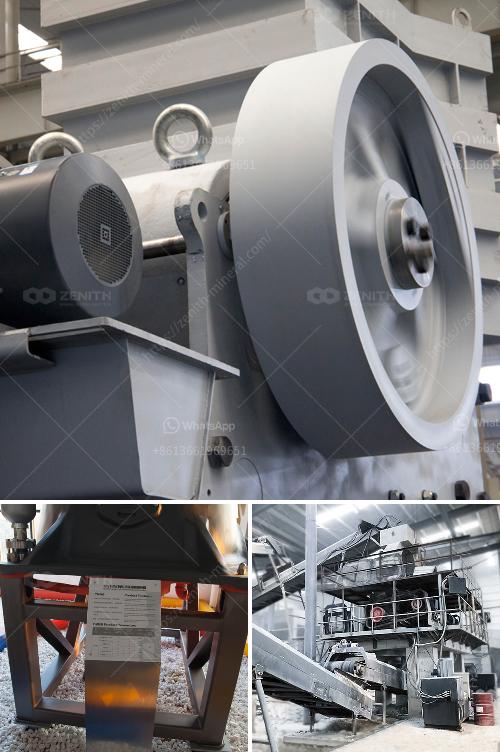Extracting gold from limonite ore involves several steps, as limonite is a type of iron ore that contains gold particles. The process is complex and requires careful handling and the use of various chemicals and equipment. Here is a detailed explanation of the steps involved:
The first step in extracting gold from limonite ore is to crush and grind the ore into a fine powder. This increases the surface area of the ore, making it easier to extract the gold. The equipment used for this process includes jaw crushers, ball mills, and rod mills.
Once the ore is ground into a fine powder, the next step is to concentrate the gold particles. This can be done using several methods:
Limonite ore often contains sulfides, which can interfere with the extraction process. Roasting involves heating the ore to high temperatures in the presence of oxygen to convert the sulfides into oxides. This makes it easier to extract the gold.
Cyanidation is a common method for extracting gold from ore. In this process, the concentrated ore is mixed with a cyanide solution, which dissolves the gold. The gold-cyanide complex is then separated from the slurry using activated carbon or zinc precipitation.
The final step is to recover the gold from the cyanide solution. This can be done using several methods:
The recovered gold is often impure and needs to be refined. This can be done using several methods:
Extracting gold from limonite ore involves the use of hazardous chemicals and high temperatures, so it is important to follow safety protocols and environmental regulations. Proper disposal of waste materials and the use of protective equipment are essential to minimize the impact on the environment and ensure the safety of workers.
In summary, extracting gold from limonite ore is a multi-step process that involves crushing and grinding the ore, concentrating the gold particles, roasting to remove sulfides, cyanidation to dissolve the gold, and recovering and refining the gold. Each step requires specialized equipment and careful handling to ensure the efficient and safe extraction of gold.

